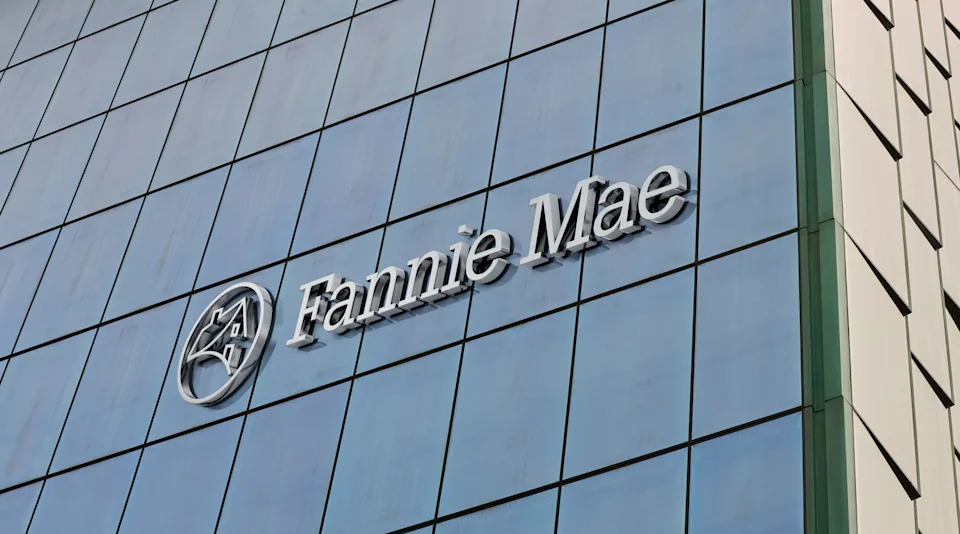Rates for home loans pressed higher, as Washington policies continue to stifle housing market activity.
In the week ending May 22, 30-year fixed-rate mortgages averaged 6.86%, Freddie Mac announced , up from 6.81% last week .
Those figures don’t include fees or points, and rates in some parts of the country may be higher or lower than the national average.
Since the start of the year, the rate for the most popular mortgage product has made little headway one way or the other, moving cautiously around the upper-6% range. That hasn’t helped – or hurt – the housing market much, but there’s reason to believe the rate environment may deteriorate from here.
Bond investors are increasingly concerned about fiscal policy proposals from the Trump administration and Republican-led Congress. A sharp sell-off in bonds in April may have helped reverse some of the White House’s most stringent tariff proposals, but the contours of the tax legislation that cleared the House of Representatives on May 21 have brought those concerns back to the fore.
When investors sell bonds, yields (rates) rise, which increases borrowing costs. The 30-year fixed-rate mortgage mirrors the 10-year U.S. Treasury note, which has lurched higher amid the ongoing fiscal debates in Washington.
More: Bond investors are spooked by the 'big, beautiful' tax bill. Here's why that matters.
GSEs in conservatorship
But rates for home loans are more complex than just the outlook for fixed income investments. They also reflect what’s going on in the housing market and in the housing finance system – and that may be about to become murkier.
On May 21, President Donald Trump said on social media that he was “giving very serious consideration to bringing Fannie Mae and Freddie Mac public.” That’s a reference to the two Washington-based mortgage guarantors that have languished in government conservatorship since the 2008 financial crisis.
Fannie and Freddie play an important role in the housing market by buying mortgages from banks and other lenders. That allows lenders to offload risk, then extend credit to more borrowers, keeping the housing market liquid and more affordable than it would otherwise be.
Fannie and Freddie were once private companies. As the subprime bubble inflated in the early 2000s, they lowered their underwriting standards to remain competitive. When the bubble burst in 2008, touching off the financial crisis, the two enterprises were rushed into government control.

That arrangement was always intended to be temporary, but for nearly two decades, the details of untangling such massive, important institutions have bedeviled three presidential administrations – including Trump’s first.
While many housing observers welcome debate and proposals about ending the conservatorship, many also have deep concerns about the process.
(Fannie and Freddie guarantee) “more than 40% of one to-four-family mortgage originations and have done so for decades. The GSEs also constitute close to half of the multifamily mortgage market,” wrote Laurie Goodman, a fellow in the Housing Finance Policy Center at the nonpartisan Urban Institute, in an April 2025 analysis .
“Without a well-defined vision, exit from conservatorship could cause havoc in financial markets and in the U.S, housing market,” Goodman added. “And I do not believe there is any consensus on what this vision should be.”
"We welcome the discussion," said Michael Bright, CEO for the Structured Finance Association, the trade organization for the mortgage-backed securities industry, in a conversation with USA TODAY.
“We would just like to see any proposals be thoughtful and carried out with the impact of the bond market in mind," Bright added.
This article originally appeared on USA TODAY: As Trump floats freeing Fannie and Freddie, mortgage rates rise

